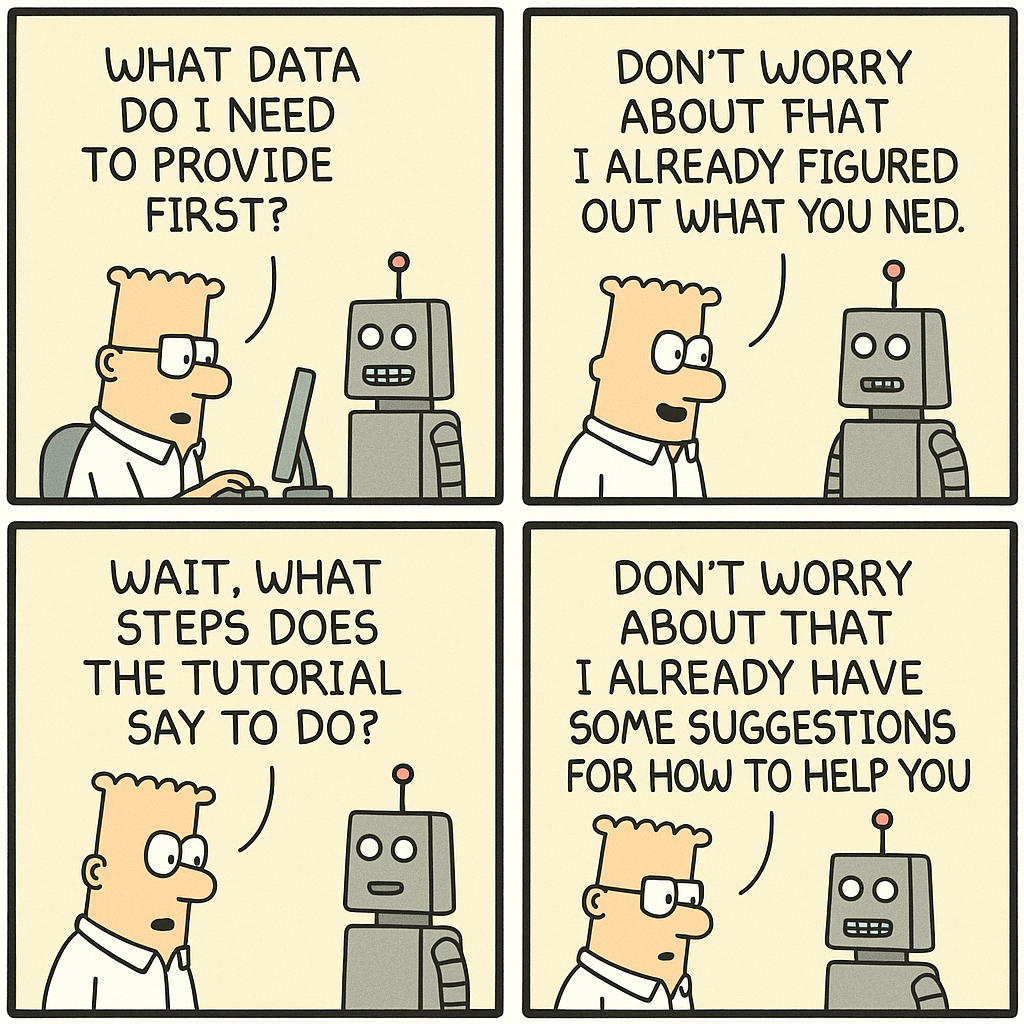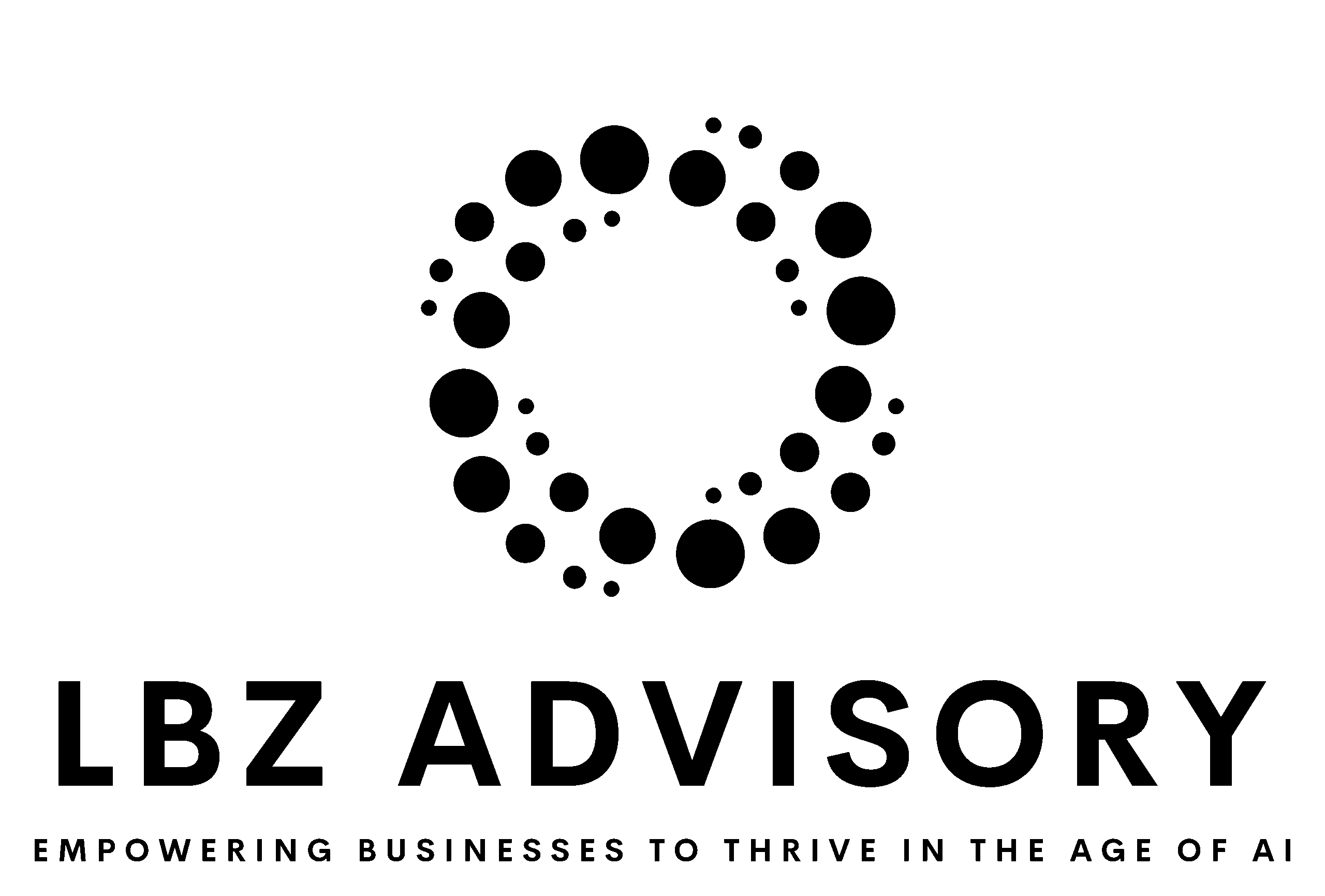The Courage to Deviate
The hardest part of crisis leadership isn’t knowing what to do. It’s allowing yourself to do it.
So many leaders get stuck here. They see the rules aren’t working. They see the plan is outdated. But they’re still afraid to deviate because deviation looks dangerous. It looks like going rogue. It opens you up to criticism from the peanut gallery. It invites second-guessing, especially from people who haven’t lifted a finger to solve the problem themselves.
But when the system you’re in is broken, or misaligned, or too slow, or just not built for this moment, then sticking to the script isn’t discipline. It’s cowardice.
In moments like that, you have to break your own rules. You have to question the assumptions baked into your processes. You have to look at the systems you helped design and ask, “Are these still serving us?”
That takes more than insight. It takes backbone.
Because when you deviate, you take the hit. If it works, you’re lucky. If it doesn’t, you’re reckless. That’s the deal.
But the alternative is watching the house burn while quoting policy.
Everyone loves to say they value first principles thinking. But most people only practice it when it’s convenient. In pressure, they revert. They retreat to process, because process feels safer than exposure.
But pressure doesn’t care how many approvals you have. It doesn’t care about your dotted lines or your escalation paths. It rewards people who move. Who simplify. Who solve.
And in the aftermath, those are the people others remember. Not because they had all the answers, but because they had the guts to act when it counted.
From Chaos to Clarity
There’s a lie we tell ourselves about chaos—that it’s inherently destructive. That it only tears down. But here’s the truth: chaos is a kind of X-ray. It shows you what’s under the surface. It doesn’t create failure—it reveals it.
It shows you what’s broken that you’ve been too busy to notice.
It shows you which voices matter and which ones were just noise.
It shows you what’s essential and what’s ornamental.
It shows you what you’ve tolerated too long because it was easier than confronting it.
Most of all, it asks you one question: are you going to defend the old system, or are you going to build a better one?
Good leaders try to return things to normal. Great leaders realize that “normal” was the problem.
Chaos is painful. But it’s also clarifying. And if you let it, it will show you exactly where to begin again. As a leader, your job isn’t to tame chaos. It’s to extract clarity from it.
Clarity Requires Subtraction
When things fall apart, most leaders instinctively reach for more: more meetings, more data, more experts, more updates, more opinions. It’s a kind of desperation disguised as diligence. If we just had a little more information, we could make the right call.
But clarity rarely comes from addition. It comes from subtraction.
In the early hours of that RAZR firestorm, our first instinct was to pile on. Everyone wanted to be looped in. Everyone wanted to be copied. Dashboards, updates, summaries, projections—it became noise. The signal was getting lost. And it wasn’t helping us solve the problem.
So we stripped it back.
We didn’t need twelve things. We needed three. Three truths we could stand on. Three fixed points in a spinning room.
From that instinct came a rhythm I’ve used in every crisis since. These questions help clear the fog when it starts rolling in.
Ask yourself:
What do we know for sure? Not what we assume. Not what we think is probably true. But what is actually, verifiably real—right now. Usually, it’s fewer things than you want to admit. That’s okay. Start there.
What’s the single biggest unknown? Again, just one. Not a catalog of uncertainties. You’ll never resolve them all. But if you can name the one that’s holding you back—the one that, if resolved, would unlock progress—you’ve already started to reduce the weight of the unknown.
What action creates forward motion in the next hour? Not the perfect fix. Not the final decision. Just the next step that will give you more signal than you had an hour ago. Progress doesn’t need to be pretty. It needs to be directional.
Who actually needs to know—right now? We tell ourselves that communication solves everything. But in a crisis, overcommunication can be just as dangerous as silence. It creates confusion, duplicates effort, burns time. Communicate precisely, not prolifically.
What can I remove to make this easier to solve? This is the one we always forget. Everyone wants to add—processes, people, updates, fail-safes. But the best leaders in crisis are subtractors. They kill meetings. They simplify metrics. They shrink the room. Because clarity lives in what you don’t carry.
That’s the essence of leading through fog: not having all the answers, but having the nerve to ask the right questions, and the discipline to quiet the rest.
Fire Is a Test and It’s Grading You in Real Time
When crisis hits, it doesn’t feel like a test. It feels like a threat. It feels like you’re drowning in decisions you didn’t choose, trying to salvage what you can before it gets worse. But somewhere inside that panic, a quieter truth is waiting: fire doesn’t just burn—it reveals.
It reveals what’s strong.
It reveals what’s brittle.
It reveals what’s essential, and what was just legacy scaffolding built in better times.
And it reveals you.
How you lead when the plan breaks down is how people will remember you. Not the resume version of you. Not the all-hands version. The real you. The one who shows up in the hard moments.
Will you cling to the manual, or will you write a new one?
Will you hide behind consensus, or step forward with imperfect clarity?
Will you try to sound in control—or be in motion?
No one forgets who stood still when everything started burning. And no one forgets who ran toward the fire when it mattered. Because here’s what the playbook never tells you:
- Frameworks are scaffolding, not shelter.
- Strategy is a compass, not a script.
- Titles give you power. They do not give you credibility.
You earn credibility, slowly, painfully, quietly, in the way you behave when things go sideways. In whether you call back when you say you will. In whether you name the hard thing when everyone else is hedging. In whether you take the hit when it would be easier to pass the blame one rung down the ladder.
So yes, burn the damn playbook if it’s slowing you down. If it was written for a world that no longer exists, light a match. Let it go.
But don’t stop there.
Build something better in its place. Something made not from theory, but from scar tissue and signal. Something shaped by the kind of clarity only chaos can teach you.
That’s the job. Not to preserve the system. To lead when the system no longer applies.
















